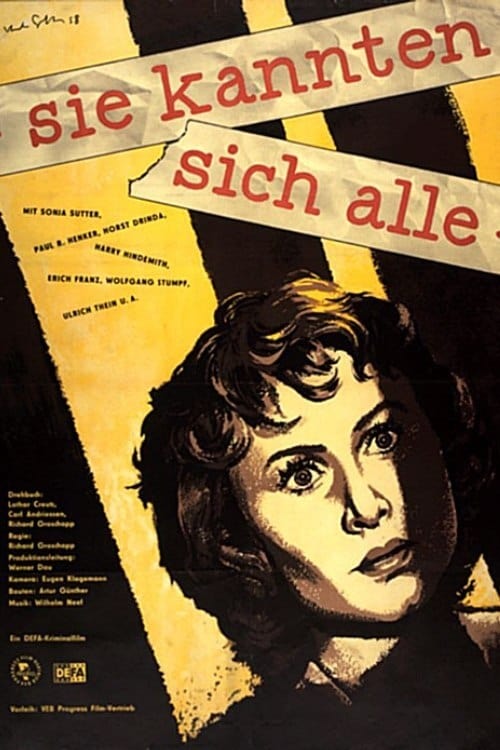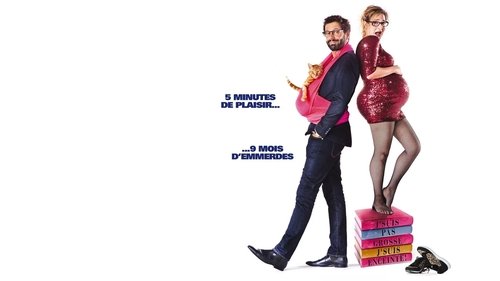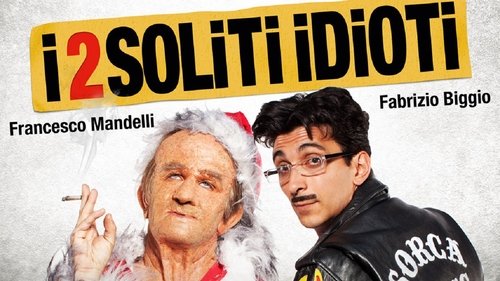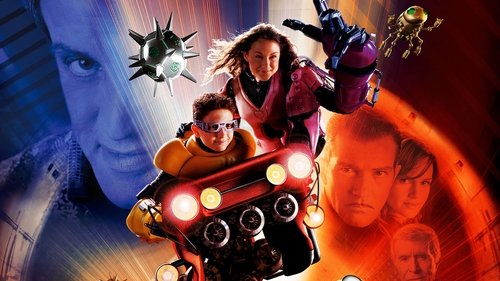Informações
Sinopse:
Duração: 01h23m
Data de lançamento: 29 de abril de 1958
Genêros: Drama, Mistério.
(2 votos)
?
?

Sinopse:
Duração: 01h23m
Data de lançamento: 29 de abril de 1958
Genêros: Drama, Mistério.

A queue at the ATM machine, a displaced family after a seismic shock that has half-washed their home, a tour within an art gallery, moments of everyday life that become the cues for the emergence of comic, farce, paradoxical situations – trademarks of one of the most successful Italian comic groups.

Joséphine e Gilles estão completamente apaixonados. Tudo é perfeito. Até que ela descobre que está grávida! Joséphine agora terá que lidar com os desejos repentinos, o sexo na gravidez, as visitas ao ginecologista e muito mais!

Para provar a inocência de seu antepassado e encontrar a Cidade Perdida de Ouro, Ben Gates e sua equipe devem tecer seu caminho em direção a um livro misterioso e altamente guardado contendo séculos de segredos. Mas só há uma maneira de encontrá-lo: Ben deve sequestrar o presidente.

Carlo descends on his former lover's unsuspecting family and the scheming Rocco tries to break up his old rival Marcello's wedding.

Muito petróleo significa muito dinheiro. Muito dinheiro mesmo. E este fato libera um esquema de corrupção que se estende desde Houston, passando por e Washington, até o Oriente Médio. E envolve industriais, príncipes, espiões, políticos, exploradores de petróleo e terroristas em uma teia mortal de ações e reações enganosas. Este thriller de ação inteligente e envolvente exige toda a atenção e os nervos do espectador, em intensidade narrativa que não permite descuido por um segundo sequer.

The sequel to 2011 film "I soliti idioti".

O último filme da trilogia romântica sobre Elisabeth "Sissi" da Áustria. Sissi viaja por toda a Europa. Depois de um temporada maravilhosa na Hungria, Sissi fica extremamente doente e deve se retirar para um clima mais quente, mediterrâneo, para descansar. Então a jovem mãe da imperatriz leva-a da Áustria para se recuperar na Ilha da Madeira. (e Livre - Estimado Livre)

Os agentes secretos Juni e Carmen Cortez partem para sua mais emocionante missão: uma aventura dentro da realidade virtual de um videogame, onde gráficos e criaturas aterrorizantes ameaçam suas vidas. Conforme eles enfrentam desafios através das crescentes dificuldades das fases deste jogo, a dupla precisa confiar no humor, nos truques e nos laços de família para poder deter um poderoso vilão determinado a controlar a juventude do mundo.